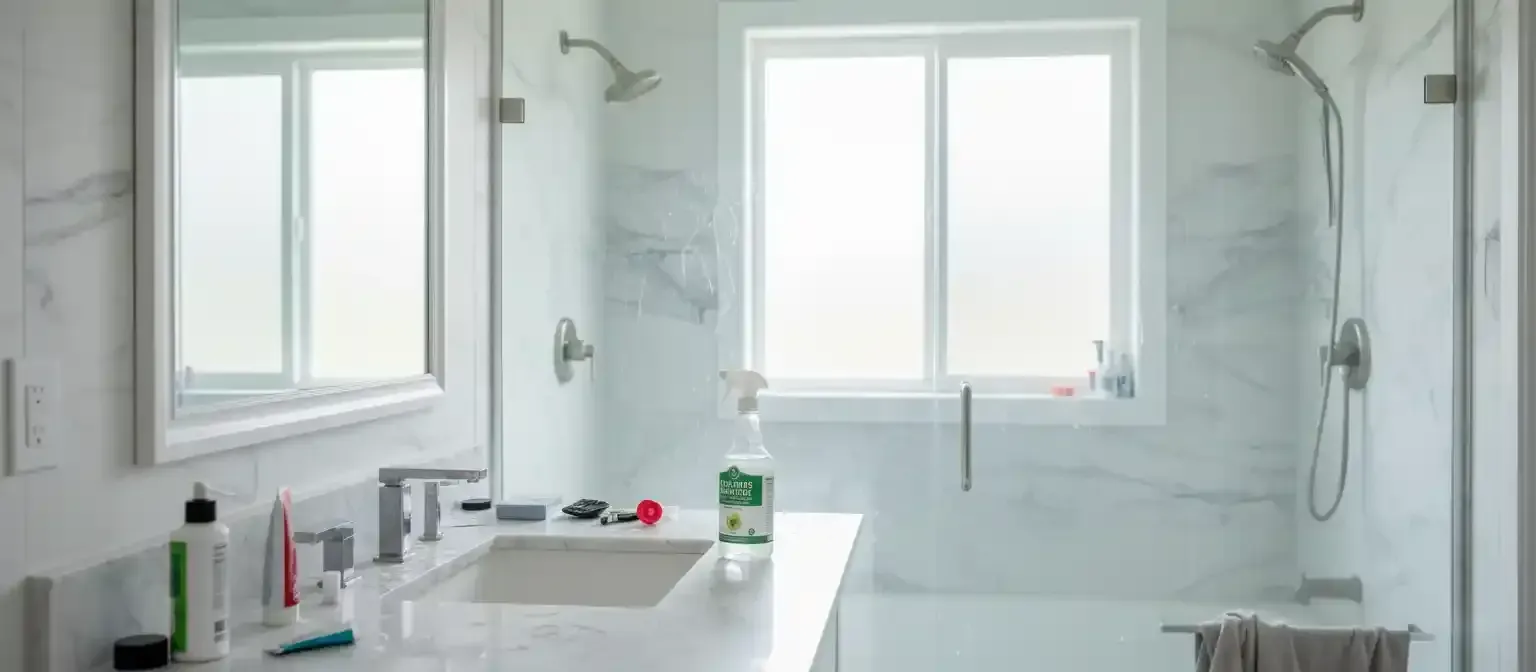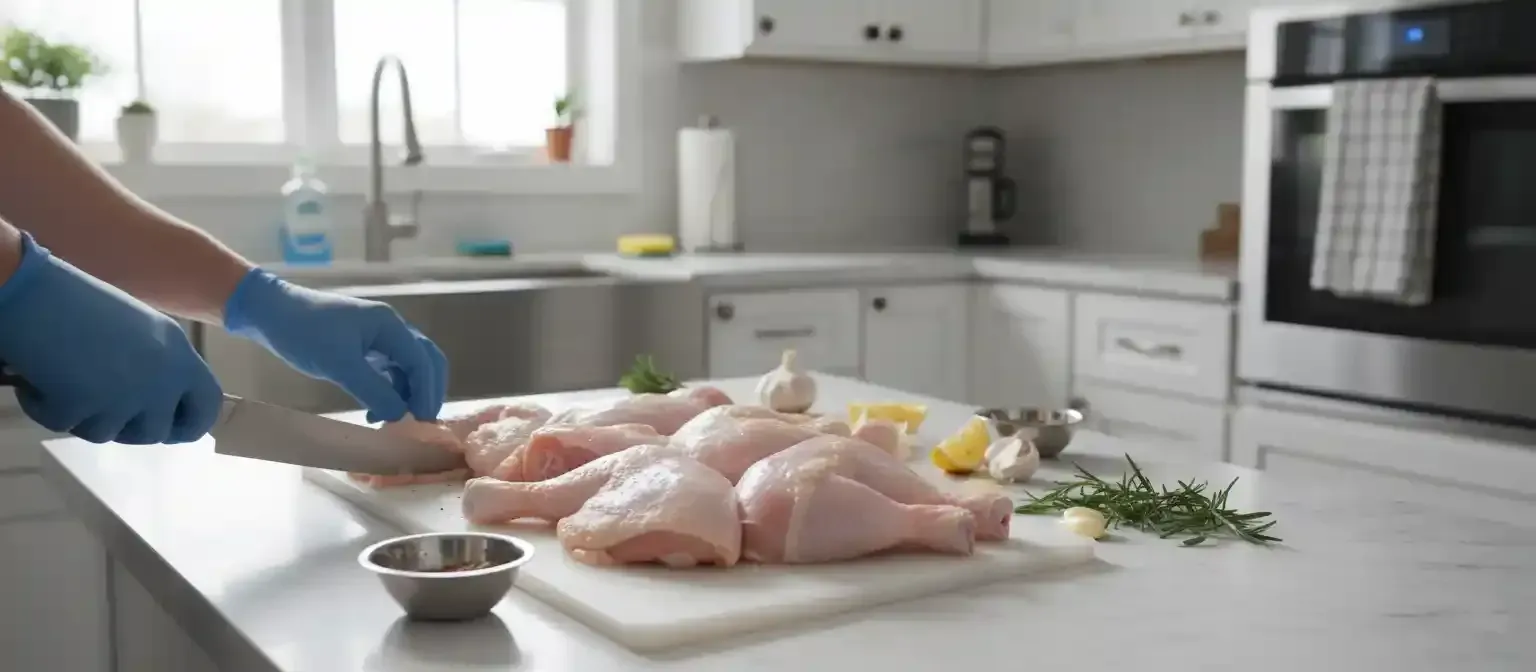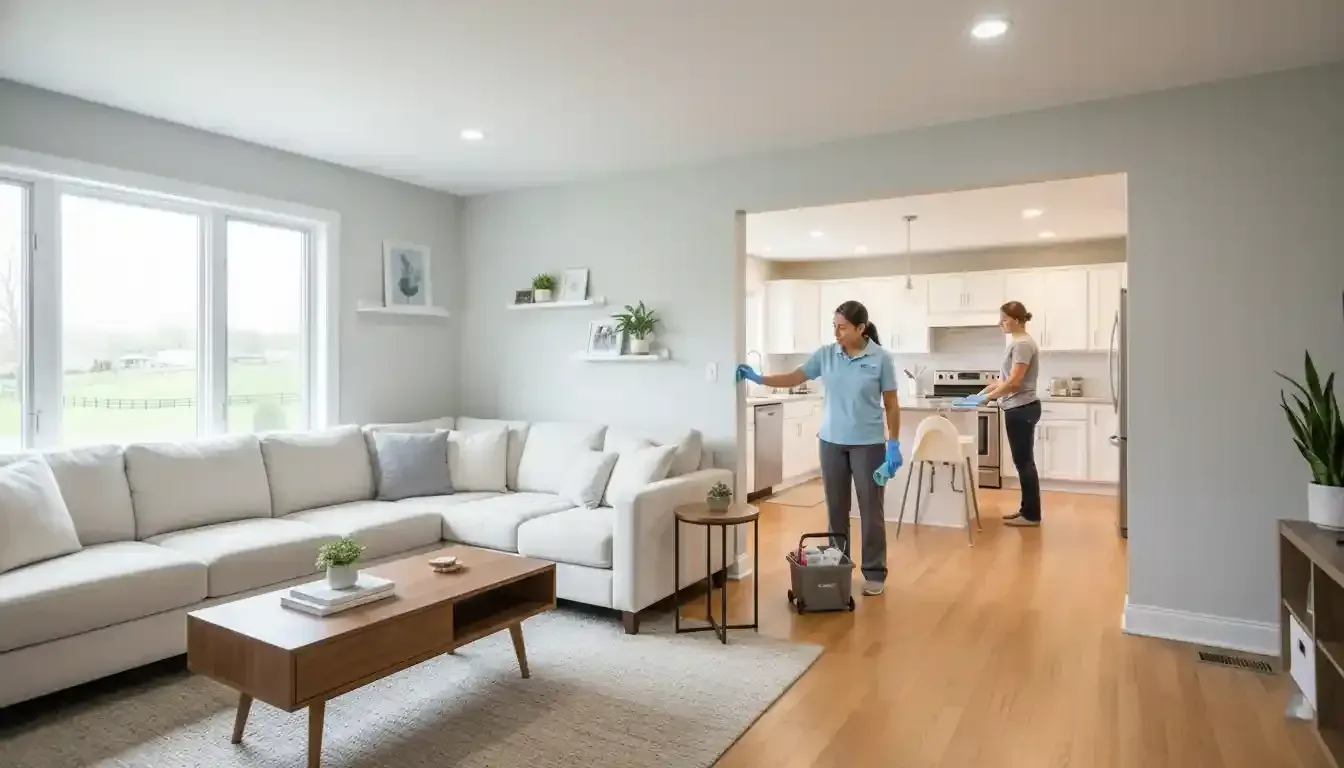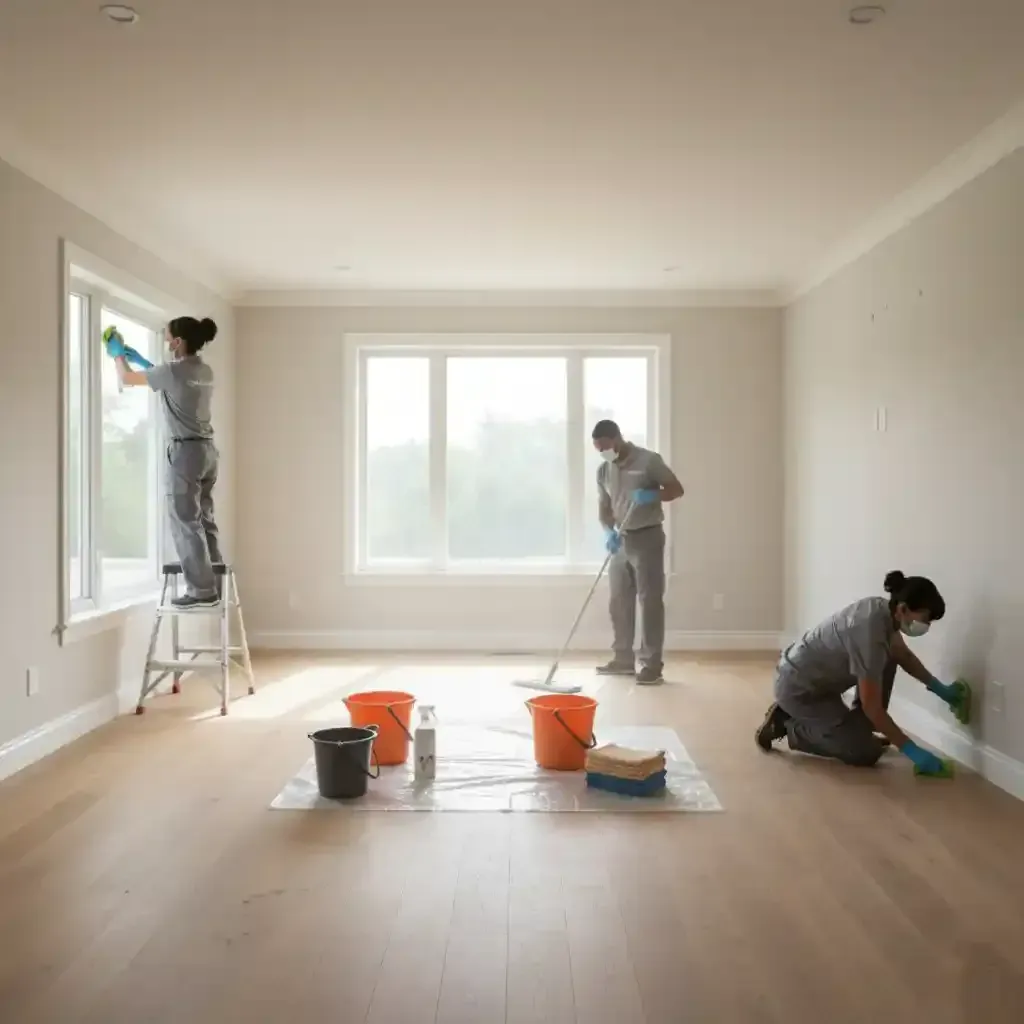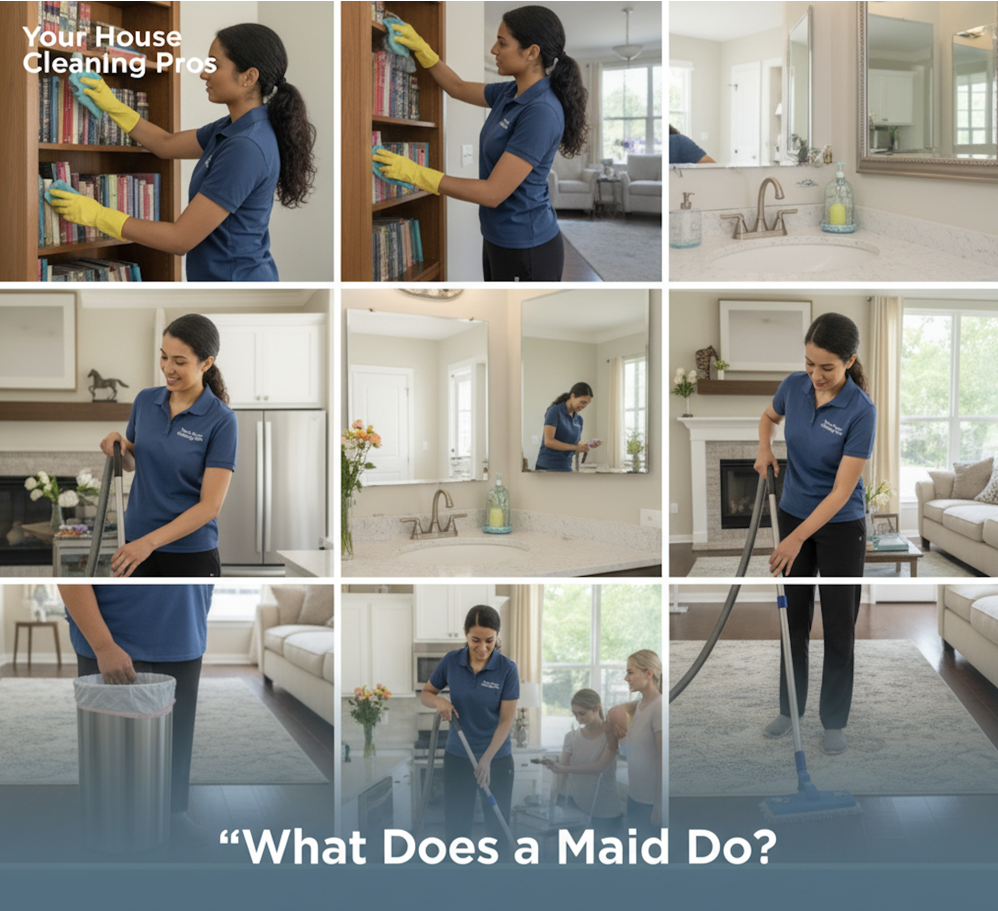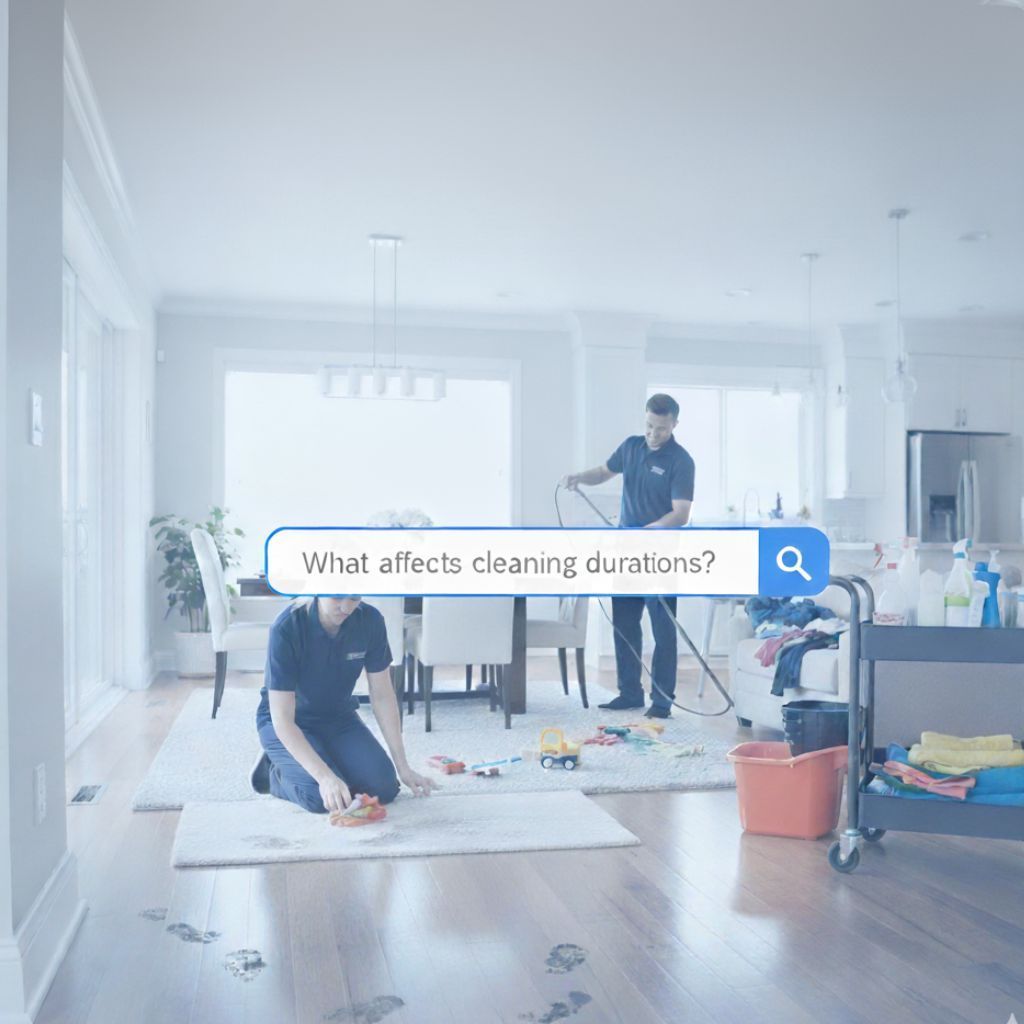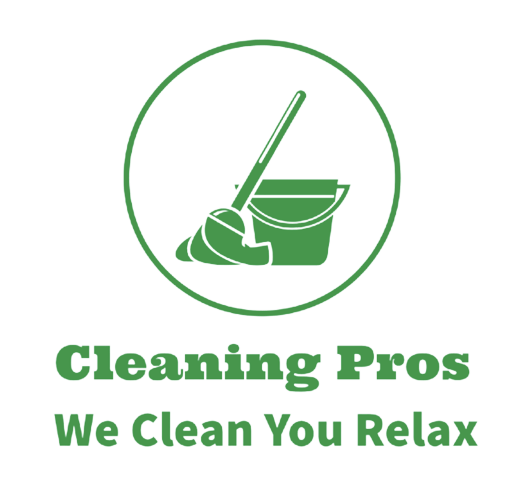The pre-clean secret: why organizing your home first is the key to a faster, better deep clean
The body content of your post goes here. To edit this text, click on it and delete this default text and start typing your own or paste your own from a different source.
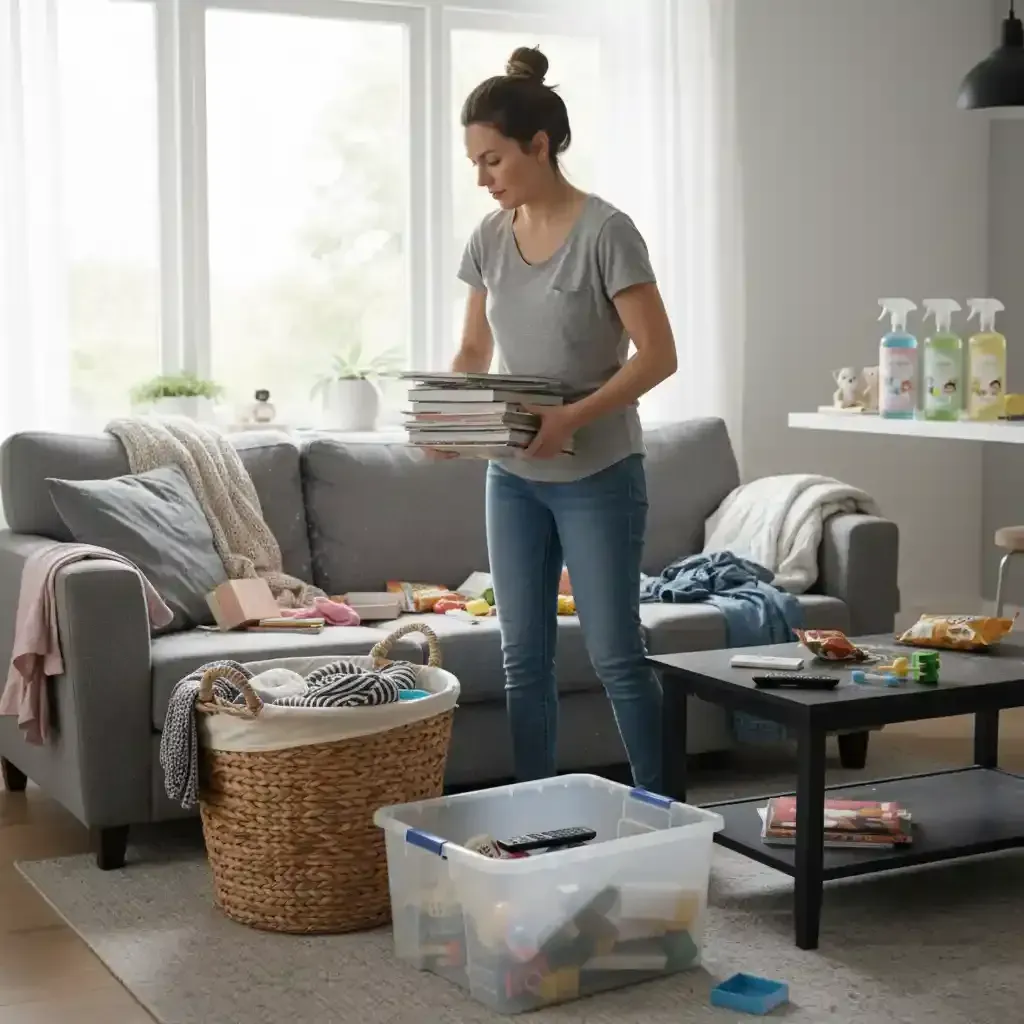
The great misconception: why 'cleaning around clutter' guarantees failure
We’ve all been there. Fueled by a burst of motivation, you decide today is the day for a whole house deep clean. You grab your supplies and head into the first room, only to be stopped in your tracks. The kitchen counter is covered in mail and gadgets. The living room floor has piles of magazines and kids' toys. The bedroom chair—everyone has one—is draped in a week's worth of "not dirty, not clean" clothes. So, what do you do? You start 'cleaning around the clutter'.
This is the single biggest mistake in any deep cleaning plan, and it's the primary reason for burnout and incomplete jobs. When you try to organize and deep clean simultaneously, you’re forcing your brain to switch between two completely different types of tasks. One moment you're making a decision about whether to keep a sentimental object (a high-level executive task), and the next you're focused on the physical motion of scrubbing a baseboard (a repetitive, manual task). This constant context-switching is mentally exhausting and wildly inefficient. You end up moving a pile of clutter from one surface, wiping the surface, and then moving the pile right back—never actually dealing with the root cause of the mess.
The importance of decluttering first cannot be overstated. It's not just about tidying up; it's about fundamentally changing the nature of the work ahead. Trying to deep clean a cluttered space is like trying to paint a room without moving the furniture. You’ll get some of the walls, but the job will be patchy, frustrating, and ultimately, a waste of your valuable time.
A tale of two cleans: comparing methods and outcomes
To truly understand the impact of a pre-clean organization phase, let’s compare the two approaches side-by-side, focusing on the factors that matter most: your stress level, the time and effort required, and the quality of the final result.
Method 1: The Chaotic, Effort-Based Deep Clean
Level of Stress and Overwhelm:
Extremely high. You're constantly faced with micro-decisions about every item you pick up. The visual chaos of the clutter never subsides, leading to a feeling that you're making no real progress. This mental fatigue is a major reason why so many deep cleaning projects are abandoned halfway through.
Time and Effort Required:
Significantly higher. While it feels like you're saving time by jumping straight into cleaning, the constant starting and stopping to move items eats up hours. You'll spend more time re-handling the same clutter than you will actually cleaning. This is why a room can take three hours to "clean" but still not feel truly clean.
Overall Effectiveness and Thoroughness:
Poor. This is the method that leaves you with clean countertops but dusty corners and grimy baseboards. You physically cannot deep clean what you cannot reach. In fact, a recent survey revealed that almost half (49%) of people dread or avoid cleaning places that are hard to reach, like behind furniture. Cleaning around clutter institutionalizes this avoidance, guaranteeing a superficial result.
Method 2: The Strategic, Two-Phase Process (Organization + Cleaning)
Level of Stress and Overwhelm:
Significantly lower. By splitting the project into two distinct phases, you focus on one type of task at a time. During the organization phase, your only goal is to sort and clear. During the cleaning phase, your only goal is to clean empty, accessible surfaces. This clarity of purpose dramatically reduces decision fatigue and makes the entire process feel more manageable and rewarding.
Time and Effort Required:
Lower overall. While it might seem like more work upfront, the efficiency gains are enormous. A dedicated hour of organizing can save you three hours of inefficient "clutter-shuffling" later. The cleaning phase becomes an assembly line, moving smoothly from one task to the next without interruption.
Overall Effectiveness and Thoroughness:
Excellent. When surfaces are completely clear, you can clean every single inch. You can finally wipe down the entire length of your baseboards, scrub the whole countertop without navigating around a fruit bowl, and vacuum the entire floor without bumping into stray items. This is how you achieve a truly deep, restorative clean that you can see and feel.
Phase 1: the 'blank slate' method for strategic home organization
Adopting the two-phase process starts with mastering the pre-clean. This isn't just a quick tidy-up; it's a systematic approach to creating a 'blank slate' in the area you intend to clean. Think of it like a theater crew clearing the stage completely before setting up for the next scene. Your room is the stage, and the deep clean is the main performance.
Step 1: Establish your command center (the 'staging area')
The first step, counter-intuitively, is to make one area of your home temporarily messy on purpose. This is your 'staging area'. It could be your dining room table, a guest bed, or a cleared-out corner of the living room. All items from the room you're about to clean will be moved here for sorting. This is the key to keeping your cleaning zones completely clear and breaking the cycle of shuffling clutter.
In your staging area, set up your sorting system. A popular and effective technique is the four-box decluttering method. Get four boxes or bins and label them:
- Keep: Items that belong in this room and have a designated home.
- Relocate: Items that you are keeping, but that belong in a different room.
- Donate/Sell: Items you no longer need or use that are in good condition.
- Trash/Recycle: Items that are broken, expired, or no longer useful.
This systematic home organization approach prevents the creation of a "miscellaneous" pile. As professional organizer Julie Morgenstern wisely notes, a container marked 'miscellaneous' is "easy to put things into but impossible to retrieve things from." By forcing a decision on every item, you eliminate this clutter trap.
Step 2: Systematically clear your zones
With your staging area ready, you can now implement the 'Blank Slate' method. Working one zone at a time (e.g., the kitchen, the primary bedroom), your goal is to remove everything that isn't nailed down. This goes far beyond simple decluttering.
- For kitchen prep for deep cleaning: Remove every single item from the countertops—the toaster, the knife block, the coffee maker, the fruit bowl. Empty utensil crocks and spice racks.
- For bathroom declutter before scrubbing: Clear the vanity completely. Remove all toiletries from the shower and tub surround. Take the bathmats off the floor.
- For bedroom organization for a thorough clean: Strip the bed. Clear nightstands and dressers. Remove all items from the floor, including laundry baskets and shoes.
Each item you pick up goes directly to the staging area to be sorted into your four boxes. The goal is to be left with an empty room—bare floors, bare surfaces, bare shelves. This is your blank slate.
Step 3: Organize by category, not by location
Once a zone is empty, head to your staging area. Now you can efficiently sort the items you've gathered. The key here is to organize by category. Group all the batteries together, all the pens together, all the expired medications together. This allows you to see exactly how much you have of any one thing and makes it much easier to decide what to get rid of before cleaning begins.
This focused process highlights that organizing is a distinct skill. It’s a project of decision-making and system-building. Many people don't realize that professional organizing is a separate industry from cleaning for this very reason. For instance, a professional organizer trained by Marie Kondo, Mimi Bogelund, charges £35/hour with a three-hour minimum, demonstrating the recognized value and expertise involved in creating order from chaos, a task entirely separate from the physical act of scrubbing and washing.
Unlocking pro-level efficiency: deep cleaning your prepped space
With a room fully prepped and all surfaces bare, the deep cleaning phase is transformed. You can now unlock the power of 'batch tasking'—a technique professionals use to maximize deep cleaning results in minimum time.
Batch tasking means performing the same single task across every available surface in the room (or even the whole house) before moving on to the next task. Because you never have to stop to move an object, you get into a rhythm and work with incredible speed and efficiency. A typical workflow for a prepped room looks like this:
- Dusting: Start high, work down. Dust all ceiling fans, light fixtures, corners, and the tops of window and door frames throughout the entire space.
- Wiping Surfaces: With your preferred cleaner, wipe all hard surfaces—empty shelves, windowsills, baseboards, light switches, and door frames. There's no need to pick up and put down a single piece of clutter.
- Glass and Mirrors: Clean all glass surfaces in one go.
- Floors: With a completely clear floor, you can vacuum or mop the entire area in long, efficient strokes, getting right up to the edges and into every corner without obstruction.
This is the definitive answer to the question "should I dust or organize first?" You must always organize first. By creating that blank slate, you enable a cleaning process that is not only faster but exponentially more thorough. This system for decluttering a whole house before cleaning is the fastest way to tidy a house and achieve a professional-level finish.
Practical decluttering frameworks to get you started
Knowing you need to declutter is one thing; getting started is another. If the four-box method feels too big, here are a few simple "rules" you can use to build momentum and get motivated to organize and clean.
What is the 12-12-12 rule for decluttering?
A simple challenge to kickstart your efforts. Your task is to find 12 items to throw away, 12 items to donate, and 12 items to be returned to their proper home. It's a quick, focused exercise that can make an immediate impact on a cluttered room.
What is the 10-10-10 rule for decluttering?
Similar to the 12-12-12 rule, this is a great daily or weekly habit. Spend just 10 minutes tidying up. In that time, identify 10 items to donate and 10 items to throw away. It's a low-commitment way to make steady progress.
What is the 50% rule for clutter?
This is a more aggressive mindset for areas that are truly overflowing, like organizing closets or junk drawers before a deep clean. The goal is to reduce the volume of items in a given space by 50%. This forces you to make tougher decisions and can be incredibly liberating, especially for items you've been holding onto "just in case."
What is the 80/20 rule for cleaning?
Also known as the Pareto Principle, this concept suggests that 80% of the mess is often concentrated in 20% of your home. Applied to cleaning, it means you can achieve 80% of the visual impact by focusing your efforts on the most critical 20% of tasks. In a kitchen, this might be clean countertops, a clear sink, and a swept floor. By identifying and tackling these high-impact areas first, you gain a huge psychological boost.
Making the right choice for your needs
There is no single "best" method that fits every person and every situation. The key is to honestly assess your own circumstances, energy levels, and goals to choose the approach that will set you up for success.
For the overwhelmed parent/homeowner
If you're feeling completely buried by the mess, perhaps after a major life change, the idea of a full two-phase clean can feel impossible. Your primary goal is not perfection; it's momentum. Start with the 10-10-10 rule in the single most frustrating spot in your home. Don't think about the whole room, just one drawer or one small patch of countertop. The strategic two-phase approach is your ultimate goal, but you'll get there by breaking it down into dozens of tiny, achievable pre-cleaning and cleaning sessions. Celebrate every small win.
For the annual deep cleaner
You’re no stranger to spring cleaning, but you dread the marathon sessions and often quit before you get to the tough spots. The two-phase system is perfectly designed for you. Treat it like a formal project plan. Schedule "Organization Weekend" on your calendar. A week later, schedule "Deep Cleaning Weekend." By separating the tasks, you make each phase less daunting. The reward for your organization phase will be a cleaning process that is faster and more satisfying than ever before, making it easier to finally tackle those hard-to-reach areas you used to avoid.
For the efficiency seeker
You value systems and hate wasted effort. The strategic, two-phase process is the logical and sustainable method you've been looking for. Embrace the 'Blank Slate' and 'Batch Tasking' concepts wholeheartedly. Your goal should be to refine this into a repeatable "home reset routine." By making pre-clean organization a regular habit, your major deep cleans will become faster and less frequent, because your home will be maintained in a constant state of readiness. This is the ultimate form of home organization to make cleaning faster.
Ultimately, creating a truly clean and restful home begins long before the scrubbing starts. By embracing a strategic approach—separating the mental work of organizing from the physical work of cleaning—you can turn one of life's most dreaded chores into a manageable and deeply rewarding process. For those in the Lexington, KY area who want to experience the transformative results of a professional deep clean on a perfectly prepared 'blank slate', we invite you to contact Cleaning Pros Lexington KY. Our expert team can provide a personalized assessment and a free quote to help you reclaim your time and enjoy your home to the fullest.
